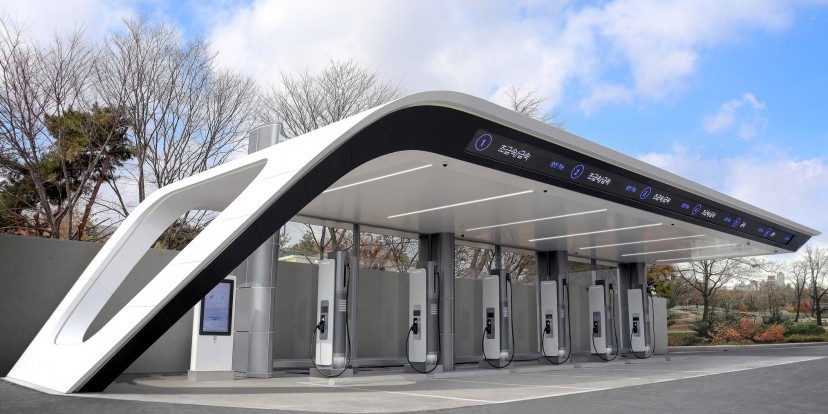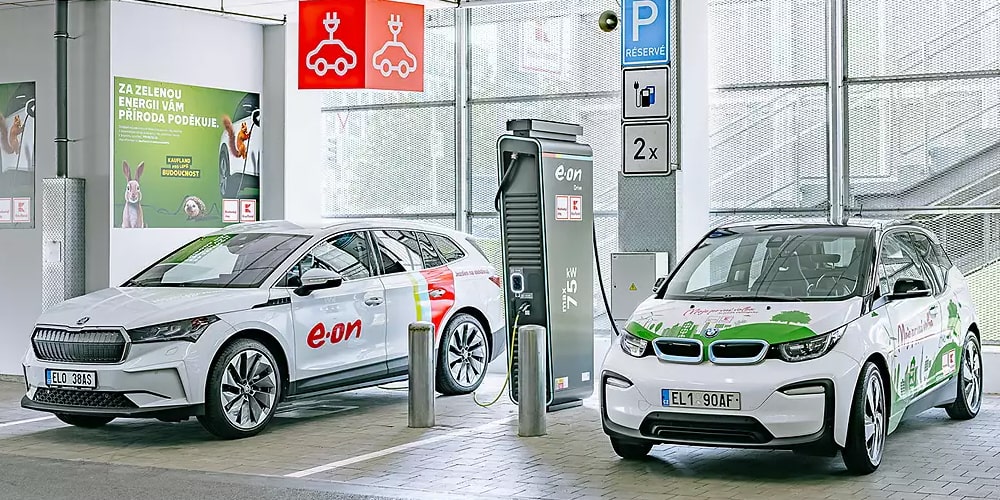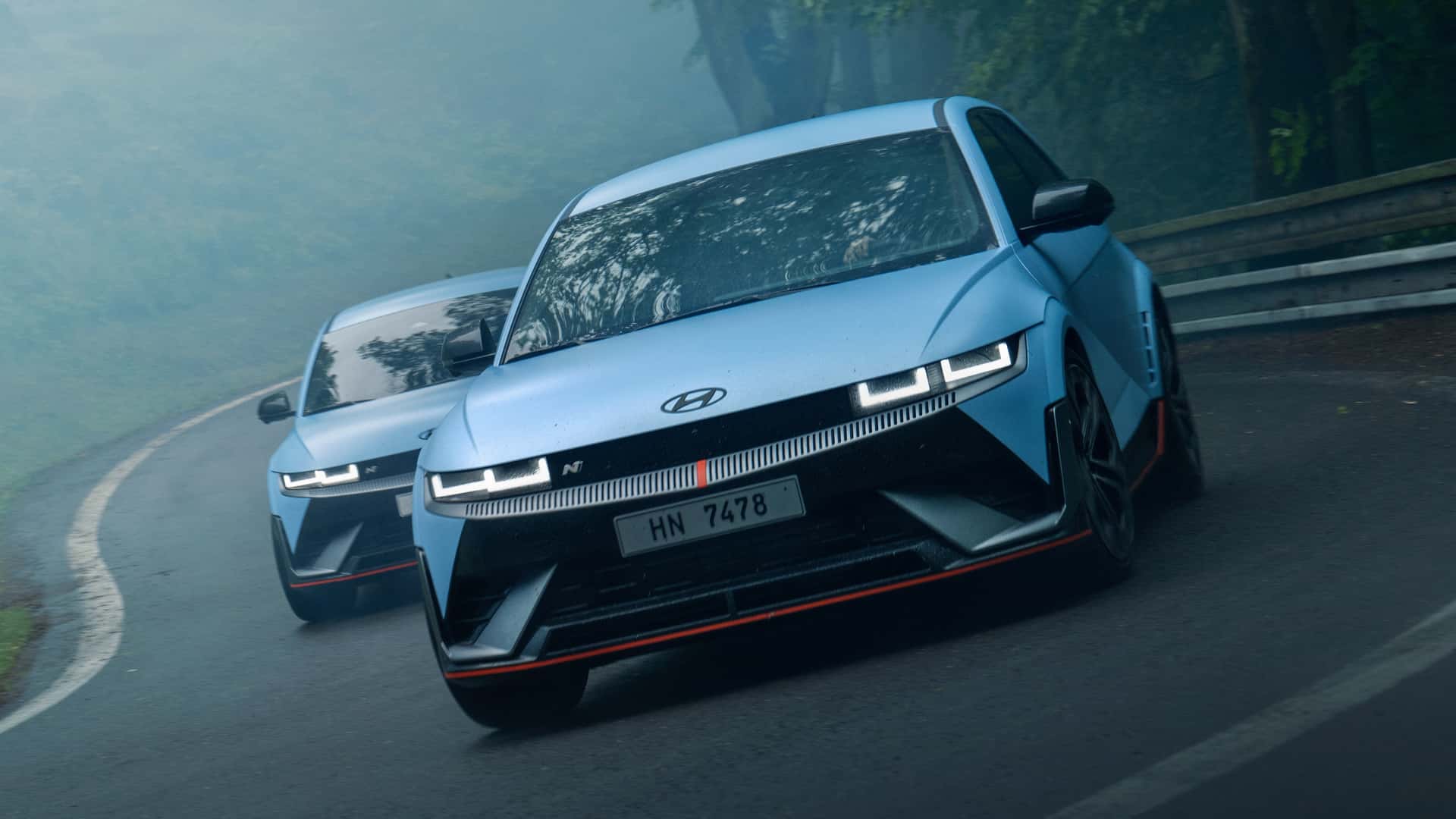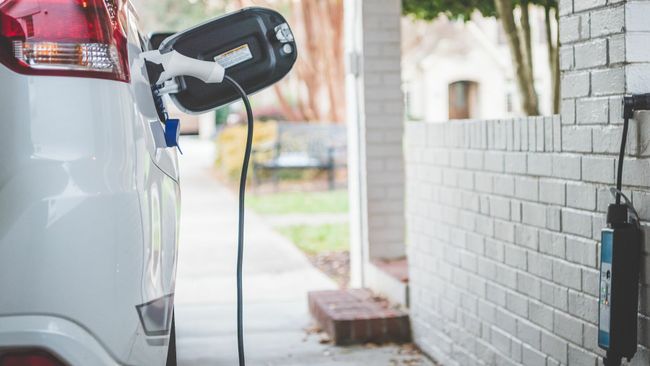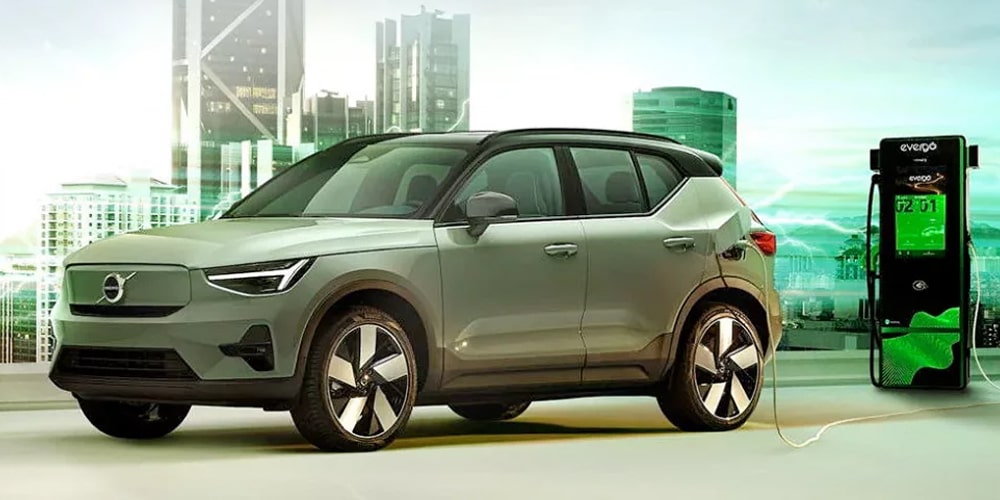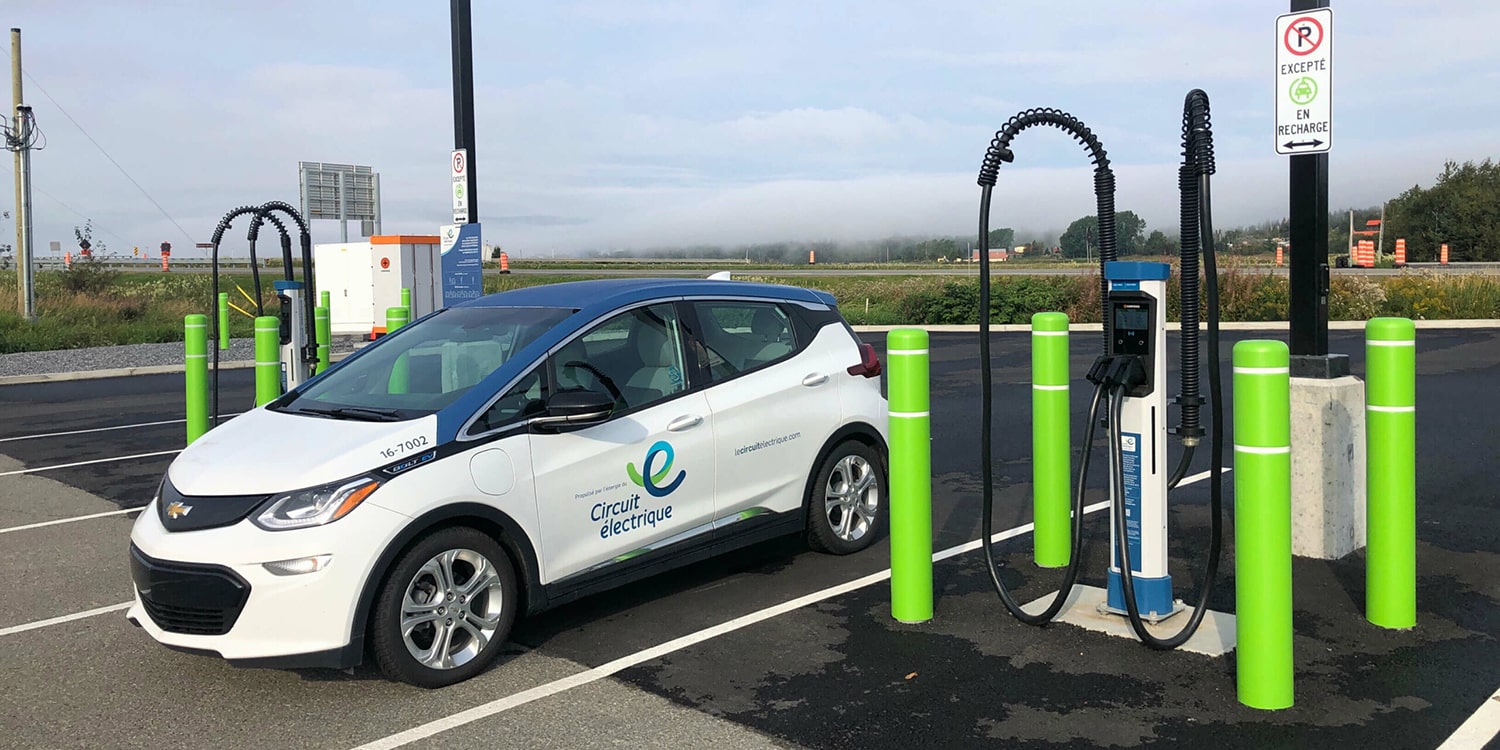Hyundai Motor Group is preparing to introduce its new high-power charging infrastructure, dubbed Blue Plug, in an effort to bolster its E-Pit charging network. The move comes as Hyundai strives to catch up with Tesla’s established supercharging dominance in the South Korean market.
According to local sources, Hyundai’s subsidiary, Hyundai Kefico, a renowned engine and transmission manufacturer, is actively pursuing certification from the Korean government for its super-fast chargers boasting an impressive 350-kilowatt (kW) power output. This significant development could potentially pave the way for a more competitive charging landscape in the region.
The expansion of the E-Pit network, initially announced by Hyundai-Kia in March 2021 alongside the launch of their innovative 800-Volt architecture, has encountered a gradual pace. While Hyundai had set its sights on deploying 120 high-power charging (HPC) columns by the close of 2021, only 36 of these stations are operational as of now.
See also: Mercedes-Benz Set to Establish 30 Fast-Charging Parks Across Europe by 2024
In stark contrast, Tesla has surged ahead by already establishing 106 Superchargers across South Korea, highlighting Hyundai’s ongoing challenge in matching Tesla’s charging infrastructure footprint.
The slower progression of Hyundai’s charging network is attributed to the company’s commitment to a premium approach. Reports indicate that the cost of implementing an E-Pit charging station surpasses the typical 150 million won ($113,000) required for a standard 350-kW charger installation.
Initial plans for the E-Pit stations entailed housing six high-power charging stations under a canopy, promising quick and efficient charging stops. However, visuals of the stations presented a more conventional roof design, deviating from the initial concept. Hyundai also aimed to offer advanced features such as automatic height adjustment, rotational functionality, and an ergonomic auxiliary handle for the hefty charging cables.
See also: Genesis Introduces New Plug & Charge System for Seamless Electric Vehicle Charging
It remains uncertain whether Hyundai will retain these elaborate specifications for its Blue Plug initiative with Kefico. The company has thus far unveiled two Blue Plug variants, with differing housing designs – one featuring a streamlined structure with a single CCS charging cable and a vertical display, and the other boasting a larger transversely-mounted display and dual quick-charging cables. Both models appear to incorporate a card reader, while specifics regarding power-sharing mechanisms and compatibility with multiple vehicles remain undisclosed.
The global trajectory of Hyundai’s fast chargers beyond the domestic market also remains ambiguous. While details regarding potential expansion and third-party partnerships are scarce, Hyundai’s engagement in the Ionity HPC joint venture in Europe since 2020 reflects its dedication to pursuing charging infrastructure initiatives on a global scale.
In North America, Hyundai’s collaboration with prominent automakers including BMW, General Motors, Honda, Mercedes-Benz, and Stellantis signals the group’s intention to establish HPC stations featuring both CCS connectors and NACS plugs. Tesla’s recent strides in adopting a more open approach to its proprietary Supercharger network have garnered traction, as evidenced by partnerships with major manufacturers. While Hyundai-Kia holds membership in this alliance, the compatibility of their 800-volt models with the existing 400-volt Superchargers is yet to be addressed.
See also: Class-Action Lawsuit Filed Against Hyundai, Kia, and Genesis Over Defective Charging Ports
As Hyundai Motor Group endeavors to expand its high-power charging network and enhance its competitive edge, industry observers keenly await further developments in the ever-evolving landscape of electric vehicle charging infrastructure.

